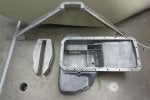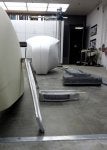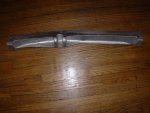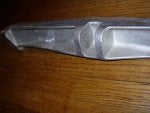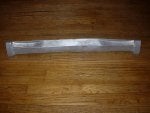Hello group,
I have a great 1965 GTA with Trans Am History prepared by Horst Kweck and raced by Roger Lewis. I am looking for a sliding block assembly. I have been told that there is a repro from New Zealand. Any thoughts from the group? Any other sources for a good sliding block?
I have a great 1965 GTA with Trans Am History prepared by Horst Kweck and raced by Roger Lewis. I am looking for a sliding block assembly. I have been told that there is a repro from New Zealand. Any thoughts from the group? Any other sources for a good sliding block?


